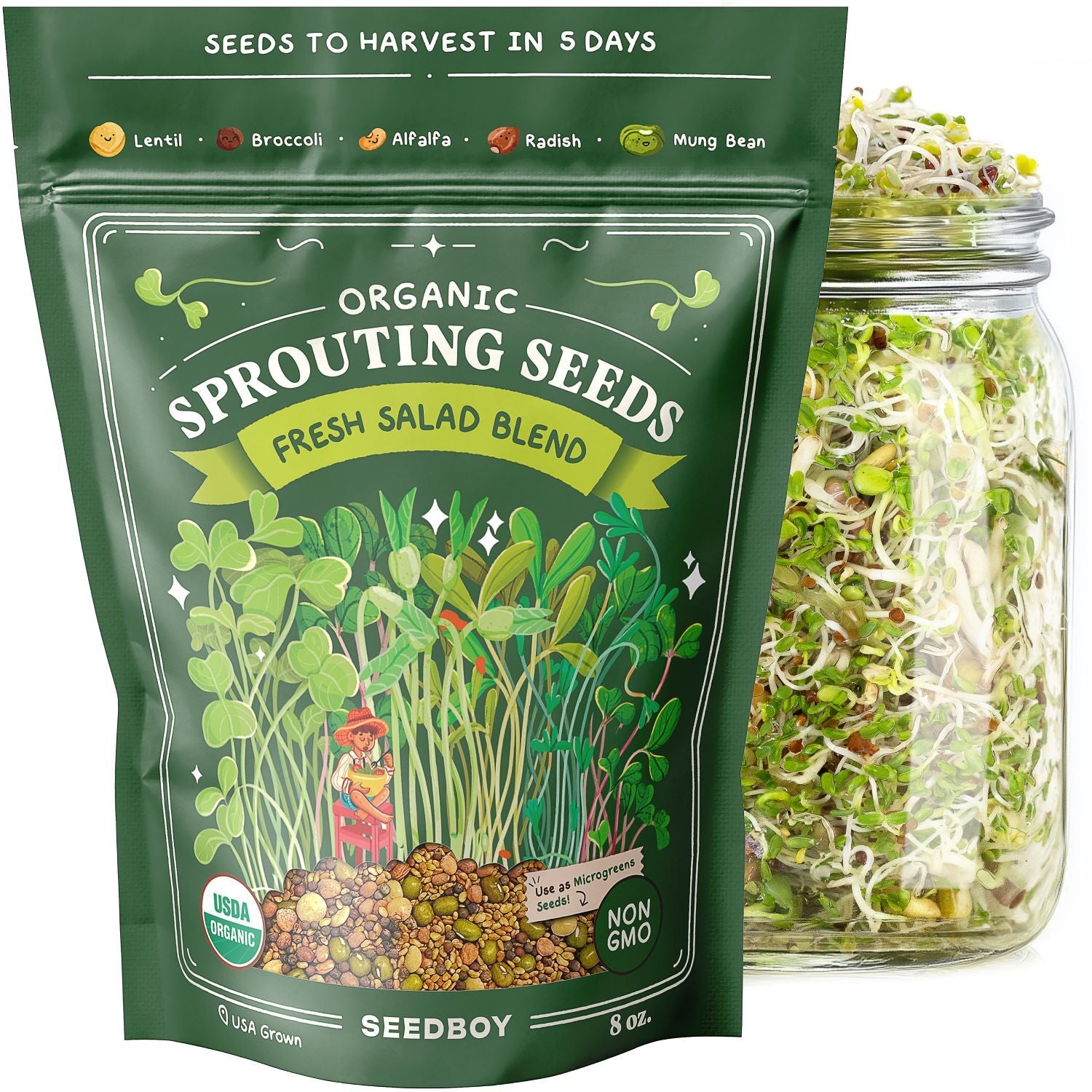
GROW GUIDE
Catnip
Nepeta cataria
Plant Description
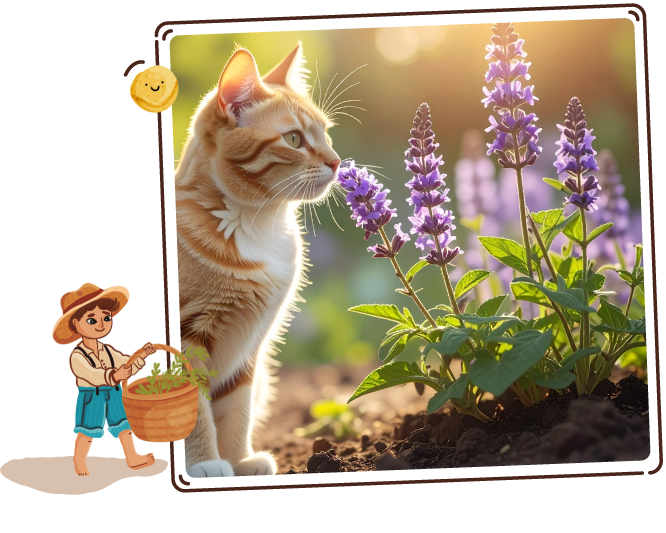
Catnip
This aromatic herb features soft, jagged leaves and delicate flowers ranging from white to pale purple.
As a member of the Lamiaceae family, it is celebrated for its minty, slightly lemony scent that is irresistibly enticing to cats, while also offering calming properties for human use in teas and infusions.
Quick Facts:
-

Sun Requirements
Full Sun
-

Days To Sprout
7-14 Days
-

Days To Harvest
70-85 Days
-

Plant Spacing
12-18"
-
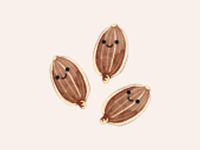
Seeds Per Hole
3
-

Planting Depth
1/4"
Best Planting Locations
-

Herb Gardens
Perfect for growing alongside other herbs, catnip thrives in full sun and well-drained soil.
-

Raised Beds
Excellent for ensuring good drainage and soil aeration, which are crucial for catnip's health.
-

Border Plantings
Catnip can serve as an attractive and aromatic ground cover, while its presence can delight your feline friends.
-

Containers
Ideal for patios or balconies, containers keep catnip contained and prevent it from overtaking other garden areas.
Getting Started
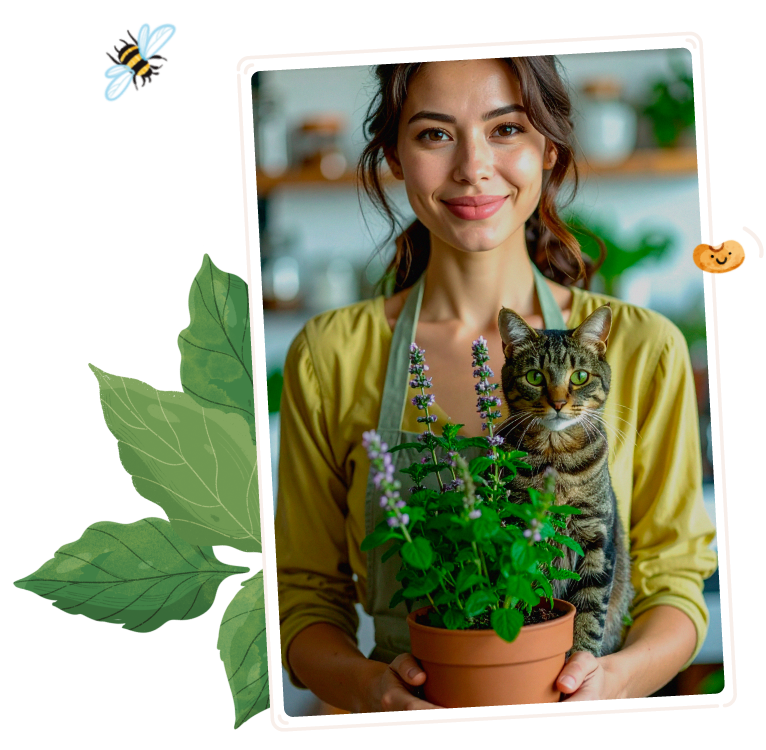
-
1
Find the Spot
Catnip thrives in sunlight and open space. Choose a location that gets plenty of sunshine, at least 6 hours of direct light each day. For indoor growing, a window that faces south ensures ample sun exposure.
-
2
Prep the Soil & Fertilizer
Use well-draining, sandy soil. Catnip is hardy and adaptable, but for more vigorous growth, incorporate some compost into the soil before planting or use a light, slow-release fertilizer.
-
3
Plant the Seeds
Catnip seeds have a tough outer coat that can slow germination. Before planting, stratify the seeds by freezing them overnight. Remove from freezer and soak in warm water for 12-24 hours. Lightly scuffing the seed coat before soaking can help increase germination.
Plant 3 seeds or 1 seedling 1/4 inch deep in pots or the ground. During germination, keep the soil consistently moist, but not waterlogged, and place in a bright location.
Keep the soil temperature between 60° to 70° F. Space seedlings or plants about 12-18 inches apart to give them room to spread and flourish.
Good Neighbors:
-

Broccoli:
Catnip deters flea beetles and aphids, protecting broccoli
-

Potato:
Repels potato beetles, enhancing potato crop protection
-

Pumpkin:
Deters squash bugs and aphids, boosting pumpkin health
-
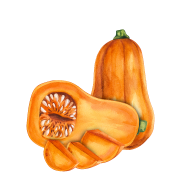
Squash:
Repels pests like squash bugs and aphids, improving yield
Enemy Plants:
-
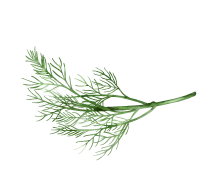
Dill:
Dill competes with catnip for nutrients and space
-
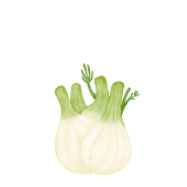
Fennel:
Known to inhibit the growth of catnip
-
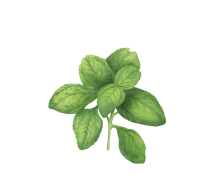
Mint:
Highly invasive and can quickly overtake catnip
Attractants:
-

Cats:
Attracted by nepetalactone, induces playful behavior
Repellents:
-
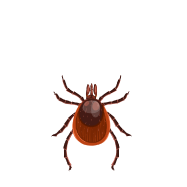
Ticks
Repelled by catnip's strong aroma
-
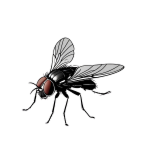
Flies
Repelled by catnip's strong aroma
-
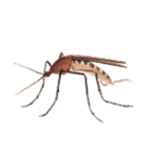
Mosquitoes
Repelled by catnip's strong aroma
-

Aphids
Repelled by catnip's strong aroma
Best Time to Plant
USDA Hardiness Zones


Day to Day Maintenance

-
Watering
Water catnip regularly to keep the soil evenly moist, especially during dry spells, but ensure proper drainage to prevent waterlogging.
-
Pruning
Once your catnip reaches about 6 inches tall, start pruning the top leaves to encourage a denser and more vigorous growth. Regular harvesting of the leaves not only promotes bushier growth but also keeps the plant from becoming too leggy.
The Harvest

-
Gathering
For the strongest aroma and potency, harvest catnip in the morning when the essential oils are at their peak, ideally after the dew has evaporated but before the sun is too hot.
-
It's best to harvest in the morning when the plant's oils are strongest for the best flavor.
Favorite Uses
-
Cats
-
Tea
-
Insect Repellent
-
Salad

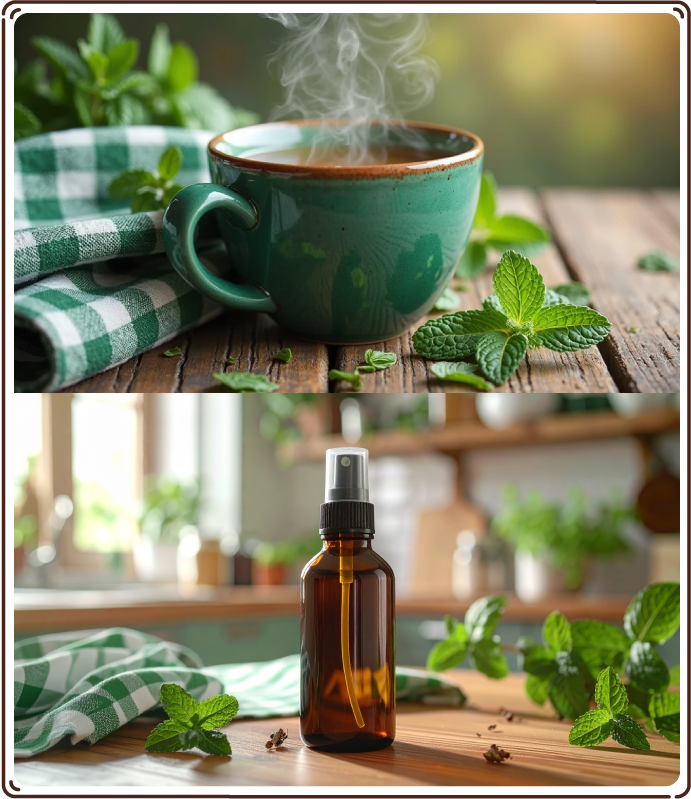
How to Store
-
Room Temperature
Duration: One week
Location: Keep in a cool dark place
Method: Place fresh catnip stems in a jar of water like cut flowers, ensuring no leaves touch the water to avoid rot. Change the water every few days.
-

Refrigeration
Duration: Up to two weeks
Location: Store in the refrigerator
Method: Wrap catnip leaves in a damp paper towel and place them in a plastic bag or an airtight container to keep them fresh and prevent wilting.
-

Freezing
Duration: Several months
Location: Store in the freezer
Method: Chop fresh catnip and place it in ice cube trays with a little water, or freeze whole leaves on a tray before transferring to a freezer-safe bag or container. This preserves the essential oils and freshness.
-
Drying
Duration: Up to one year
Location: Warm, dry, and well-ventilated area
Method: Tie catnip stems into small bunches and hang them upside down in a dry area away from direct sunlight. Once fully dried, strip the leaves and flowers off the stems and store in an airtight container. This is ideal for use in cat toys or teas.
Fun Facts

-
Feline Euphoria
Catnip contains a compound called nepetalactone that triggers a euphoric response in cats. When they smell catnip, they may exhibit behaviors like rolling, flipping, rubbing, and purring, which can last for about 10 minutes before wearing off.
-
Historical Uses
Historically, catnip was used by humans long before it was a popular treat for cats. It was brewed into tea and used as a natural remedy for ailments like headaches, insomnia, and upset stomachs due to its mild sedative properties.
-
Insect Repellent
Catnip oil has been found to be more effective than DEET, the active ingredient in many insect repellents, at repelling mosquitoes, termites, and cockroaches. This makes it a valuable natural alternative for insect control.
Subscribe to our Newsletter: "The Small Garden Chronicles"
Where curious growers gather for garden inspiration.

